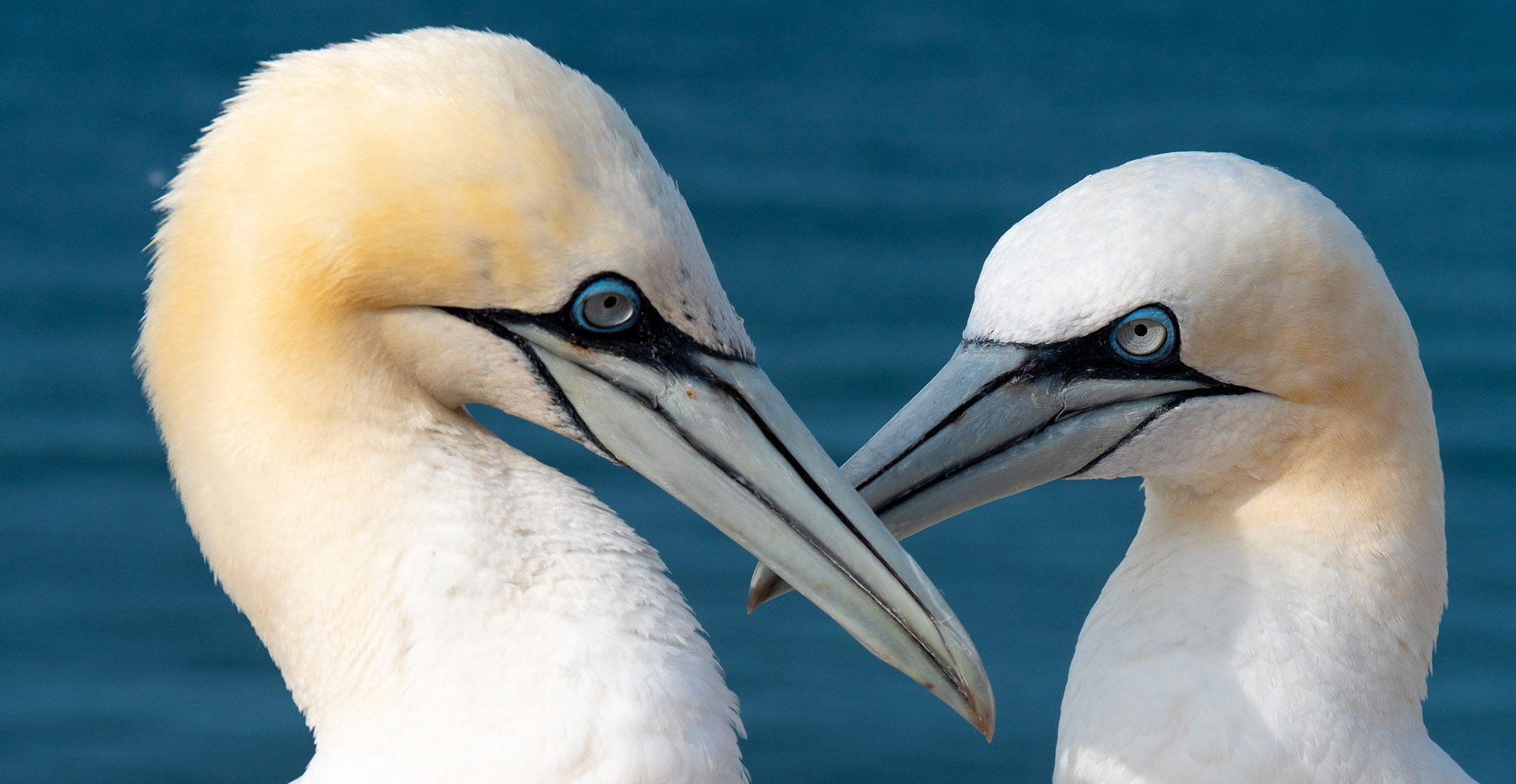Northern gannets - Breeding colony of Heligoland
Fisher nets as nesting material, full bellies but starving to death, hunted by eagles, seals and sharks... how do seabirds survive? Have you ever heard of a hunting strategy called plunge diving? Let me introduce you to the Northern gannet breeding colony of Heligoland.
Luckily I got the chance this year to visit Germany's one and only offshore island Heligoland (German: Helgoland) for my second time, even though the COVID-19 pandemic is still running but by following all safety regulations of course. Heligoland is a beautiful small island and is known for its numerous breeding colonies of gannets. The Northern gannet to be more precise.
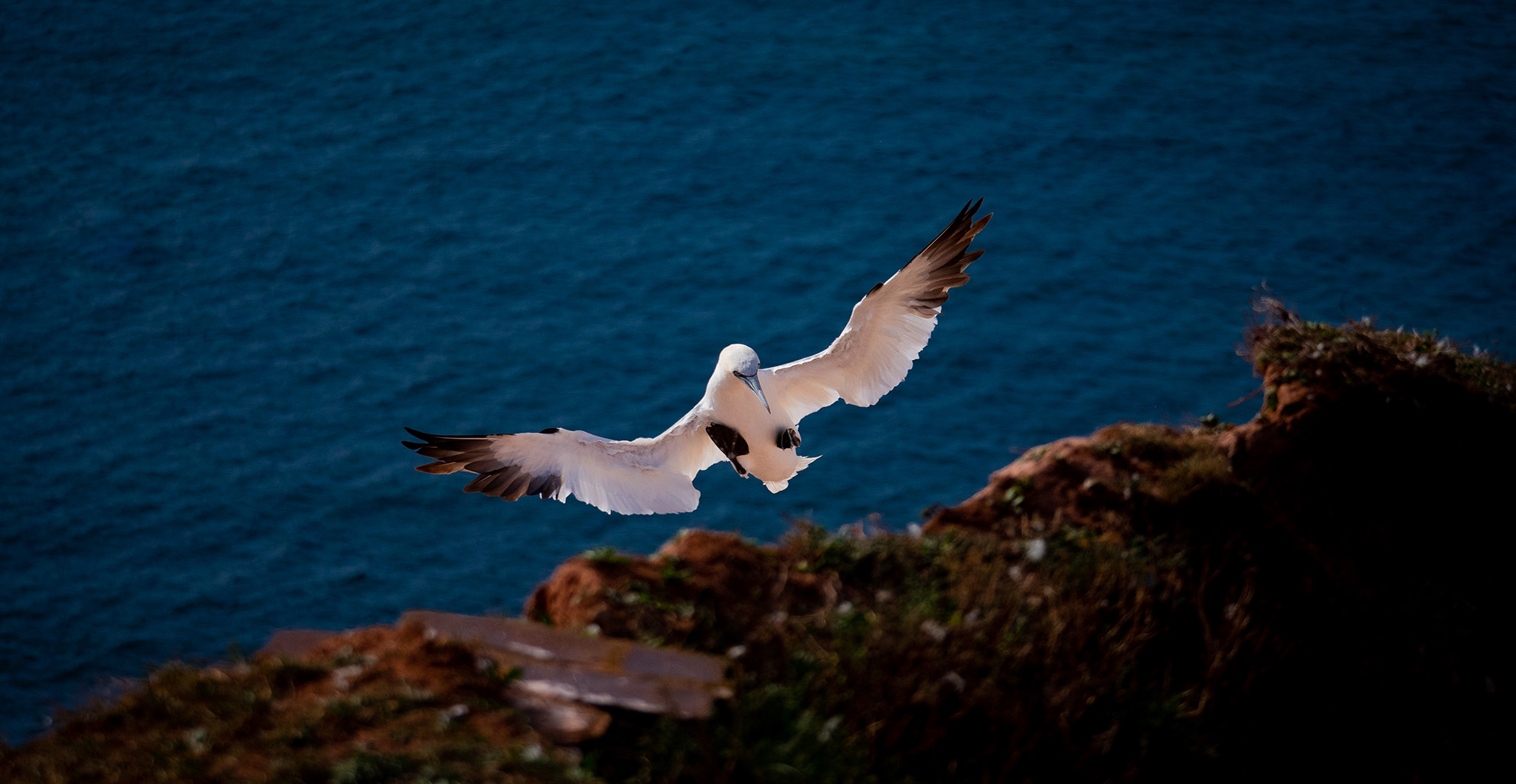
The Bass of Rock in the Firth of Forth in Scotland, UK contain the largest colony worldwide with over 75,000 nests. That’s huge. Here on Heligoland, there are about 600-700 breeding pairs. Northern gannets live on both sides of the North Atlantic from North America and the Caribbean to Norway, Iceland, the UK down to France and also to Italy in the Mediterranean Sea.
The Northern gannet is a seabird with a high recognition value. The feathers are pearly-white and the head is coloured in pale yellow. They have light blue eyes, sky blue eyelids surrounded by thin dark circles and they have blue til grey long beaks outlined again with black bare skin which makes that all in all beautiful contrast. Juveniles have a brownish plumage which gets replaced with white feathers during the moult within the first four to five years. Another characteristics are the long neck, the black wingtips at their slender wings and their size. They are approx. 1 m with a wingspan up to 2 m and a weight of around 3 kg which makes them the largest species of the gannet family. Something easy to remember by the way, 1, 2, 3.
The sexes look similar in appearance which means that you can’t tell if it is a male or female gannet, so there is no sexual dimorphism to distinguish. When it comes to flying, Northern gannets are not as elegant and flexible as other seabirds due to its body mass. Similar to albatrosses they walk kind of goofy on land and prefer higher locations or the water surface itself to get a good take off into the air. The colonies are mostly located on coastlines or islands with cliffs.
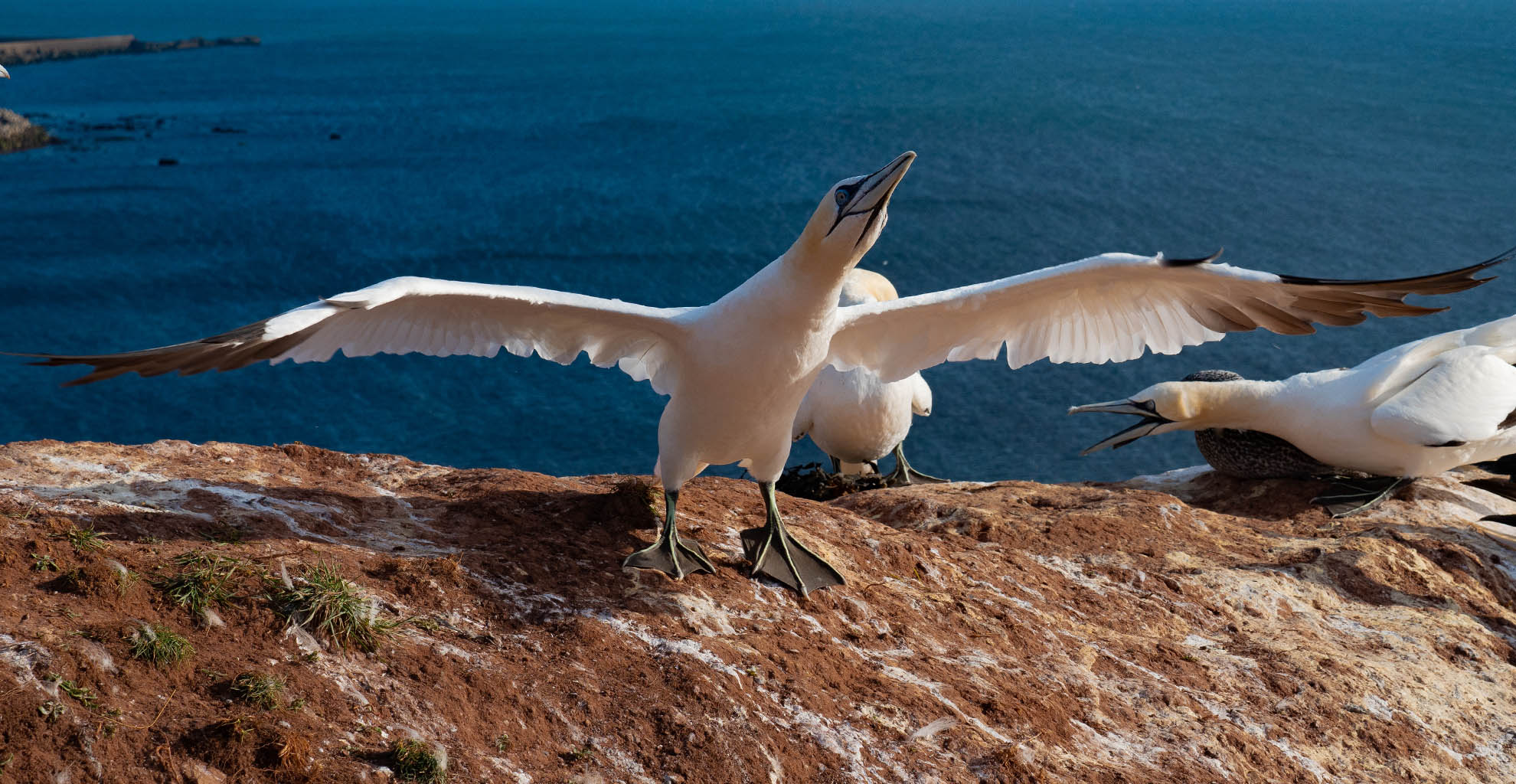
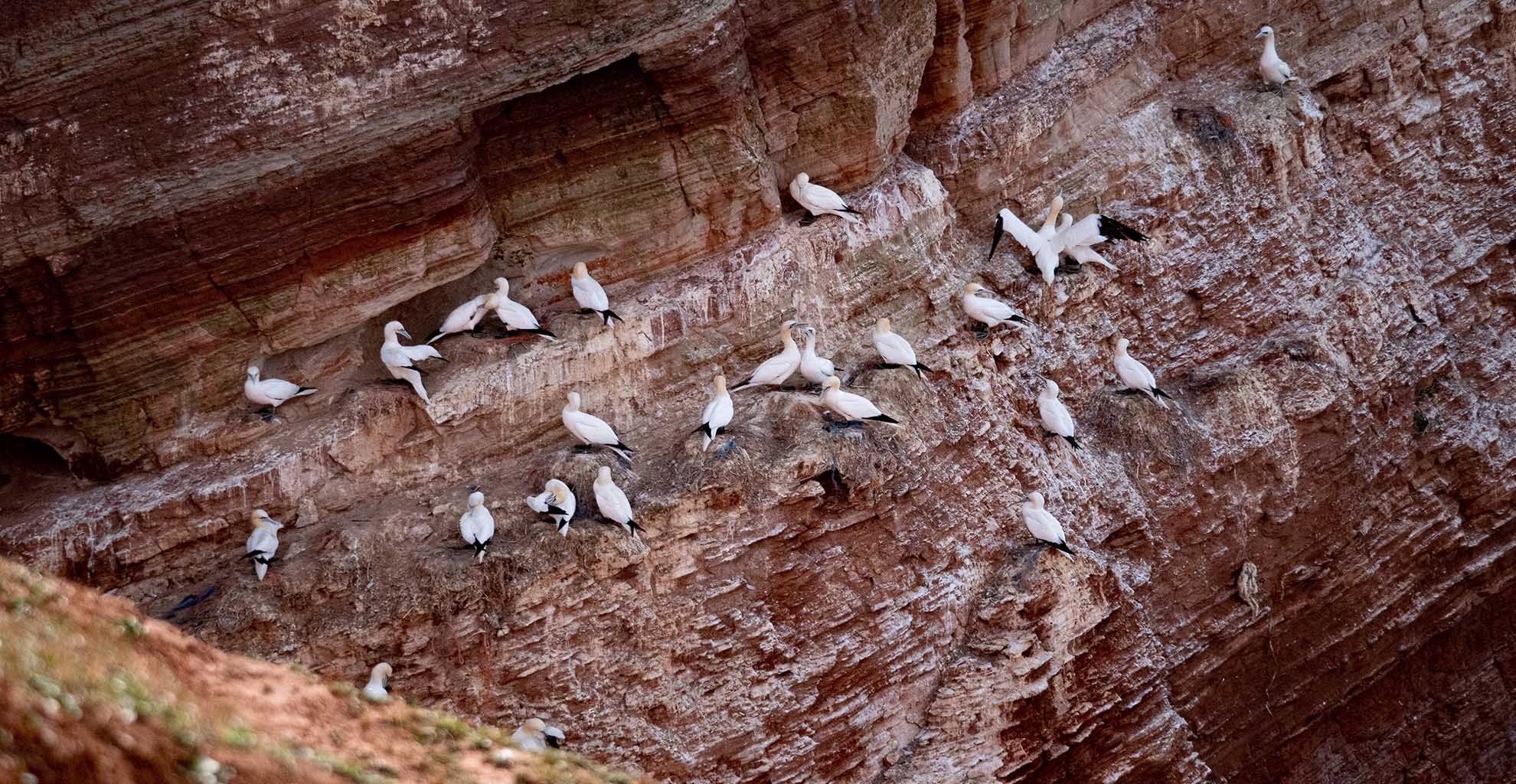
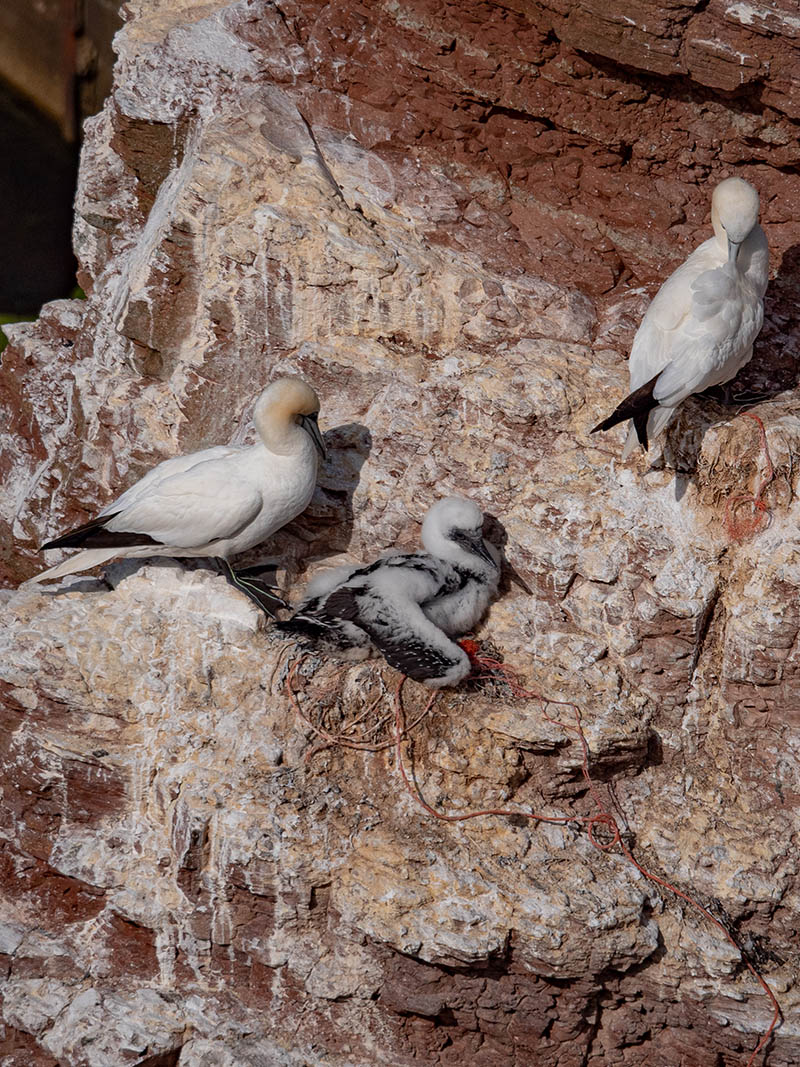
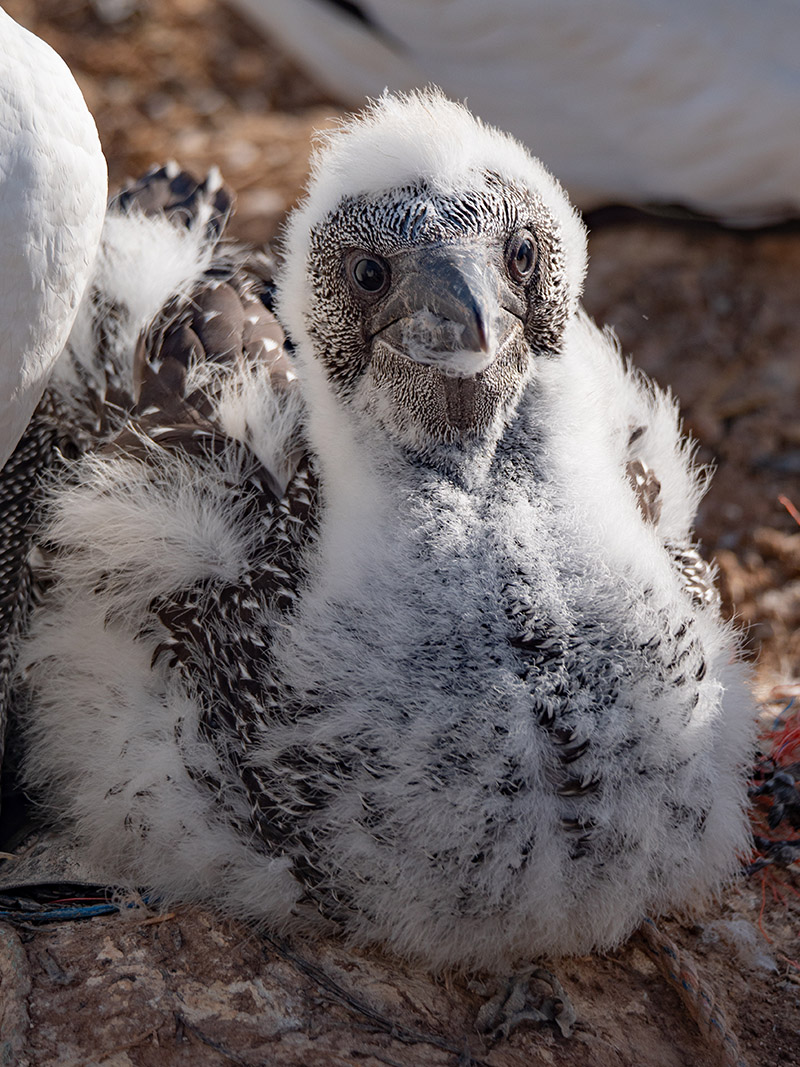
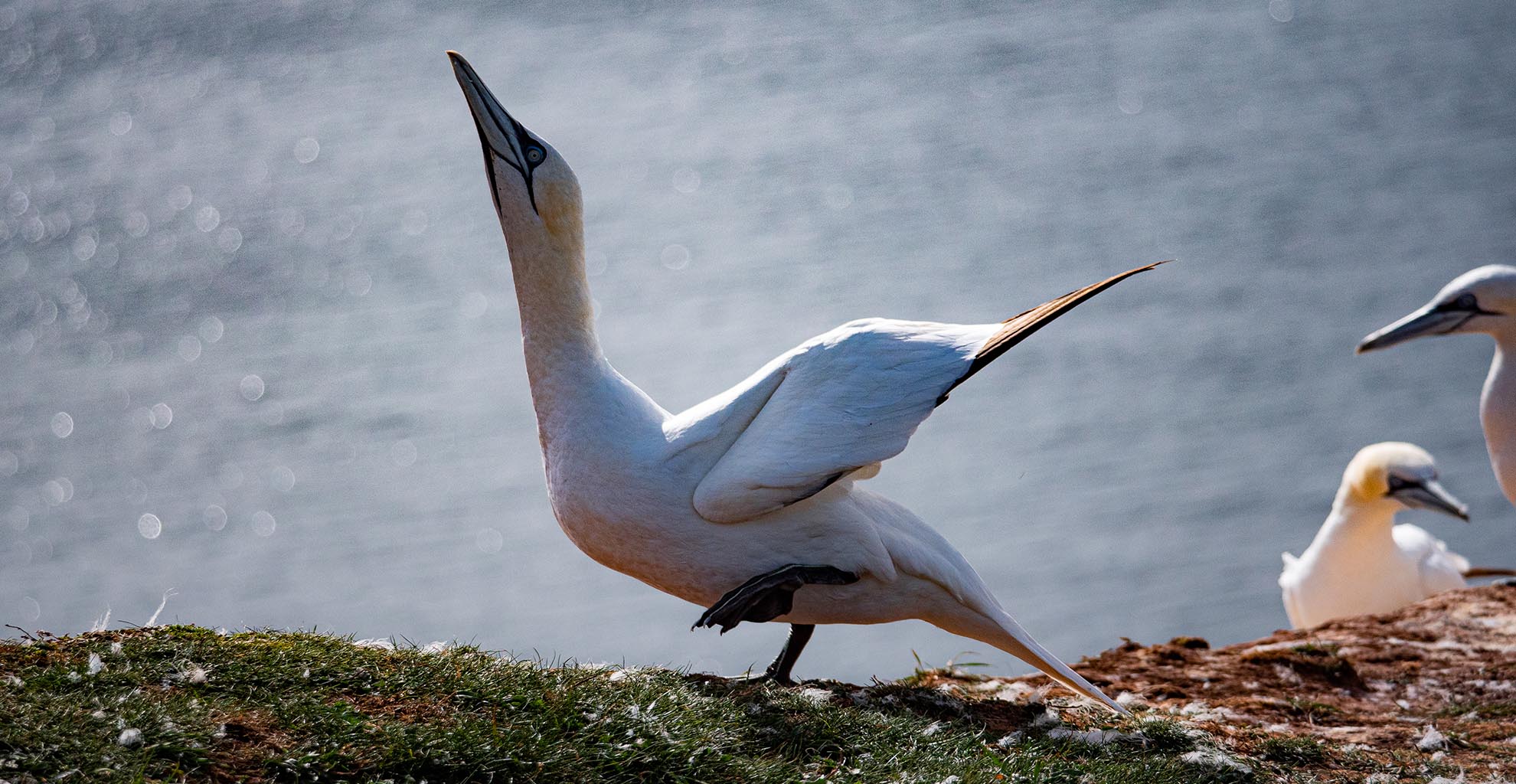
The nesting material usually consist of seaweed, plants, soil and any kind of debris from the ocean. The females lay one egg which takes 40-45 days to hatch. Both adults feed their offspring until they are almost 3 months old and ready to depart from the high cliffs for their very first time without any practice. They return to a colony with an age of 2 to 3. Another kind of practice before getting mature is to occupy a nest until the olders come back. Male gannets can get strictly territorial. When they have occupied a breeding site they have to woo for females.
The average lifespan of a Northern gannet is around 15 to 20 years, some of them are also getting 30 years old. But this depends on the conditions. When they hunt enough food, when they can reproduce successfully and don’t end up as prey for eagles, seals and sharks during resting on the water surface, they can get easily into older age.
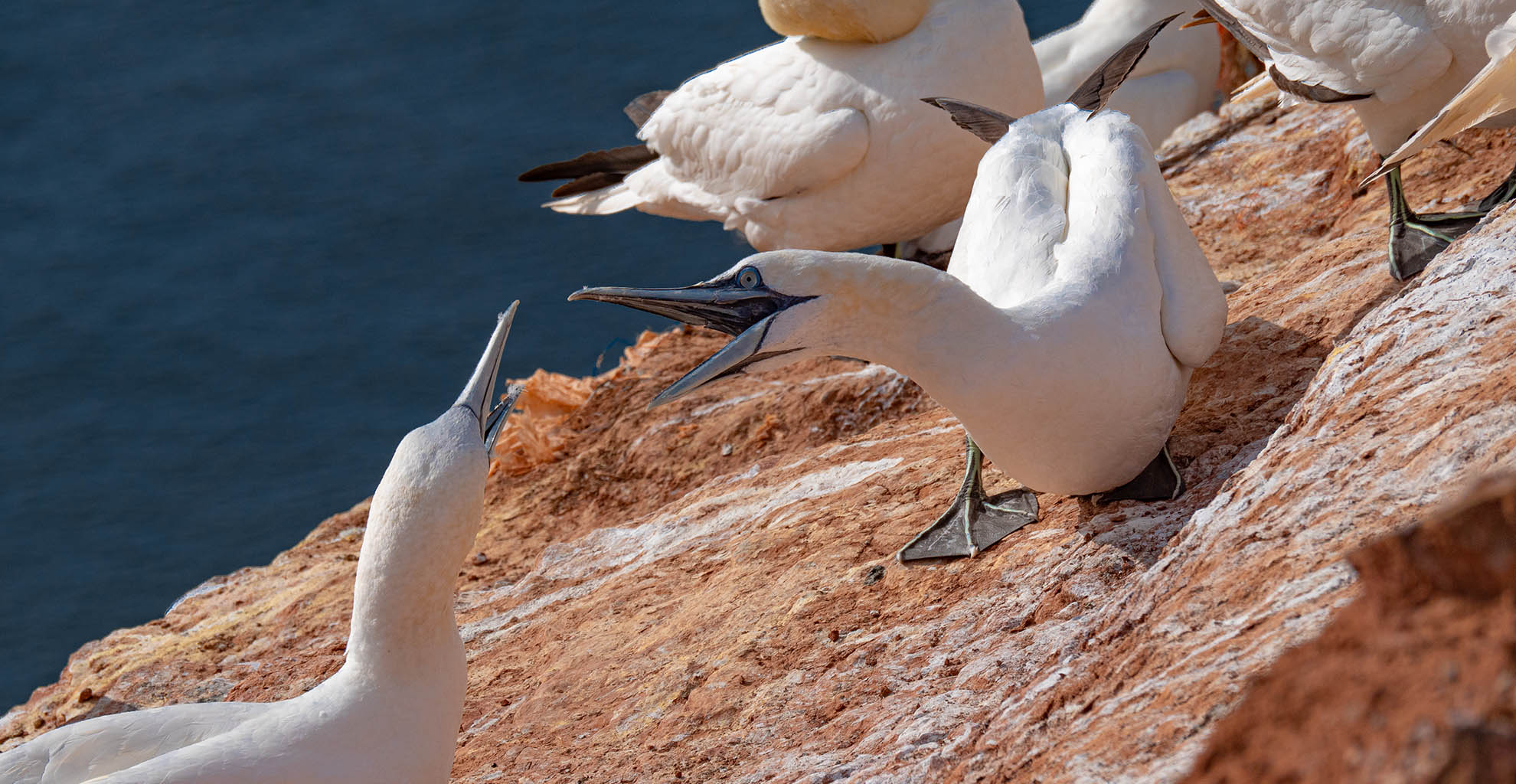
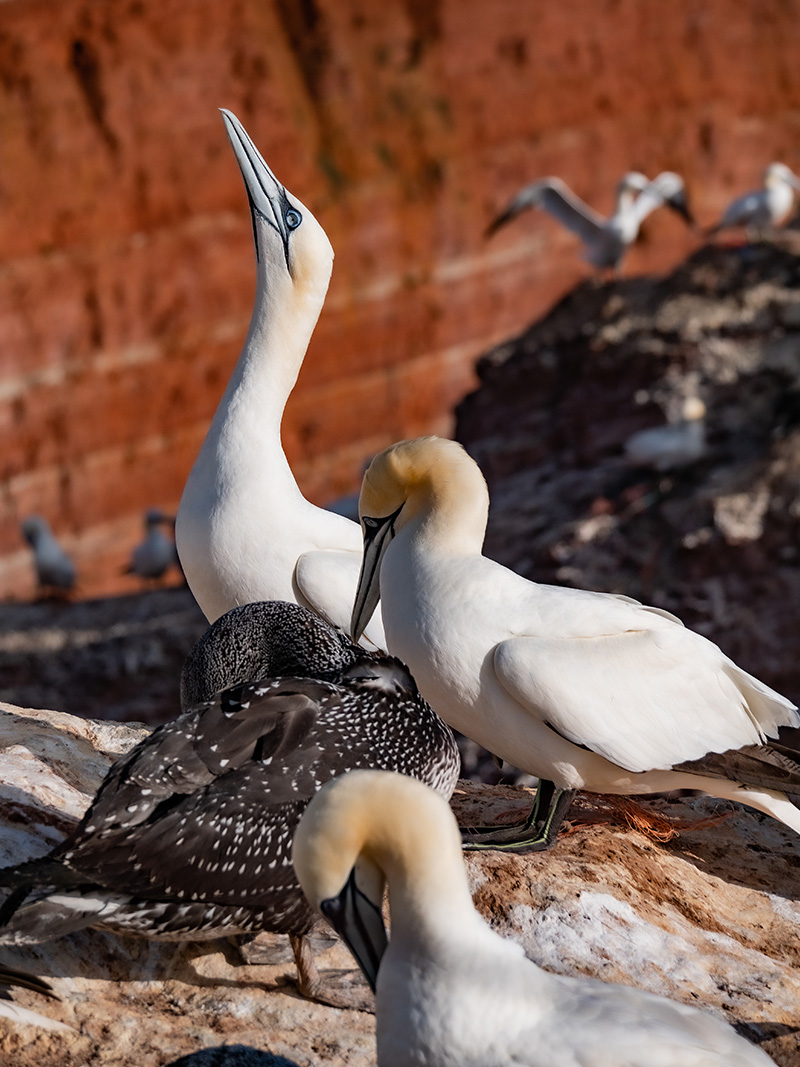
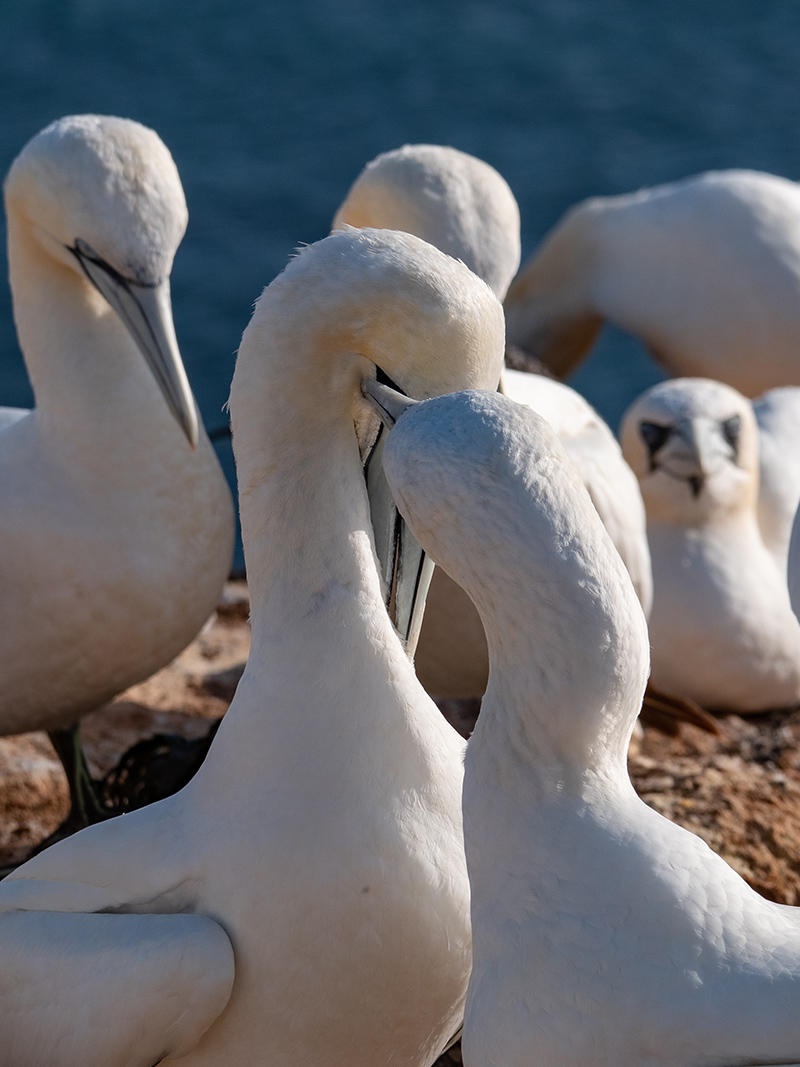
Seabirds are known for following fishing vessels in order to pick some fish and bycatch, but the real problem are the fisher nets itself. And this affects all hunting seabirds. Gannets are perfectly adapted for diving. With streamlined bodies they dive ahead from a height of 30-40 m and hit the water surface with speed limits up to 100 km per hour (60/65mph). Powerful neck muscles, a cartilaginous bone plate at the base of the bill, internal nostrils which can be closed at diving and eyes with strong nictitating membranes protect the bird against physical harm. They clean and cover their feathers with a water-impermeable oily fluid from uterine glands. After plunge diving they swim with the help of webbed toes in a depth up to 10 m after its prey, which consist of fish and tiny squids before the air-sacks between their muscles and ribs lift them up and bring them back to the surface. Meanwhile they easily get caught in these fisher nets underwater and drown.
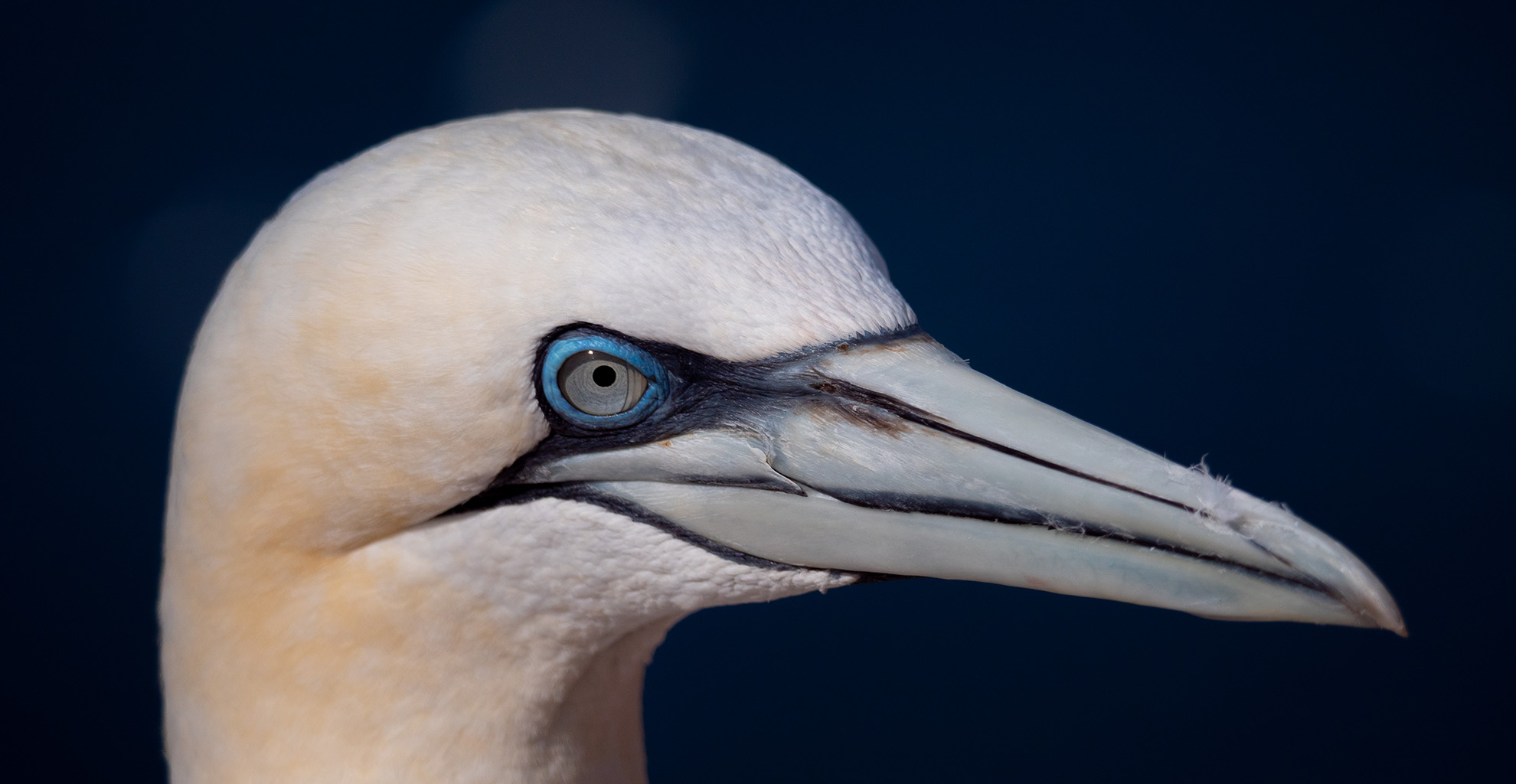
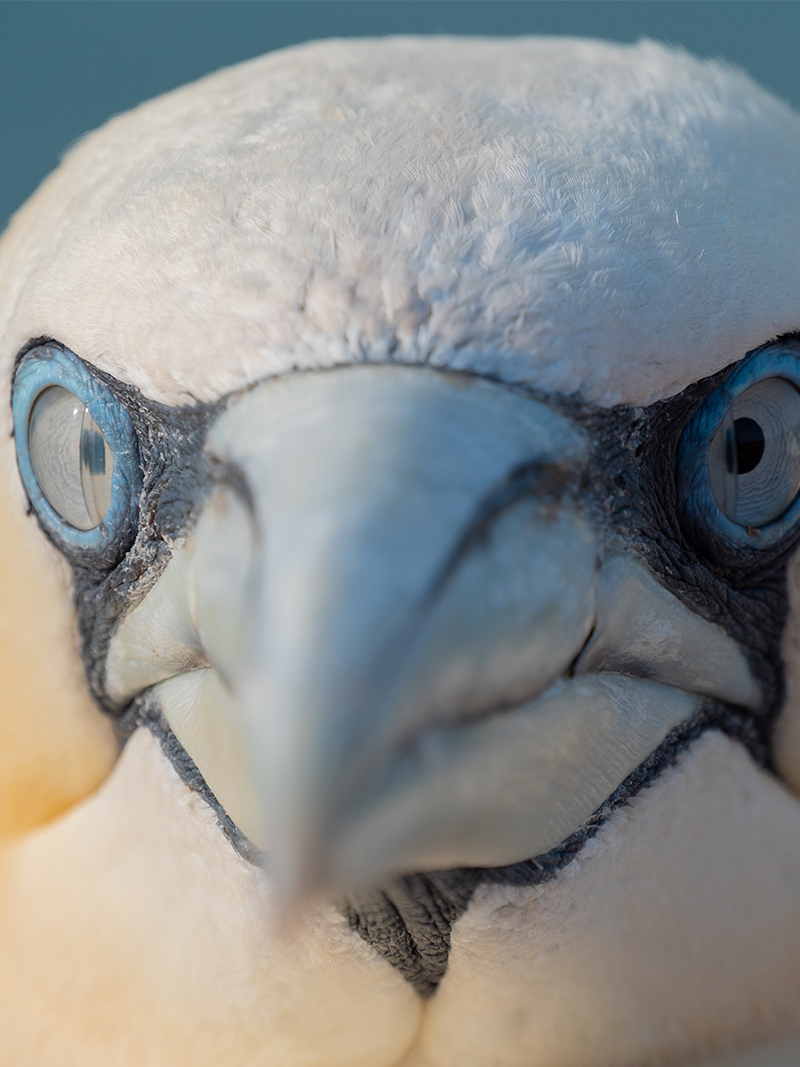
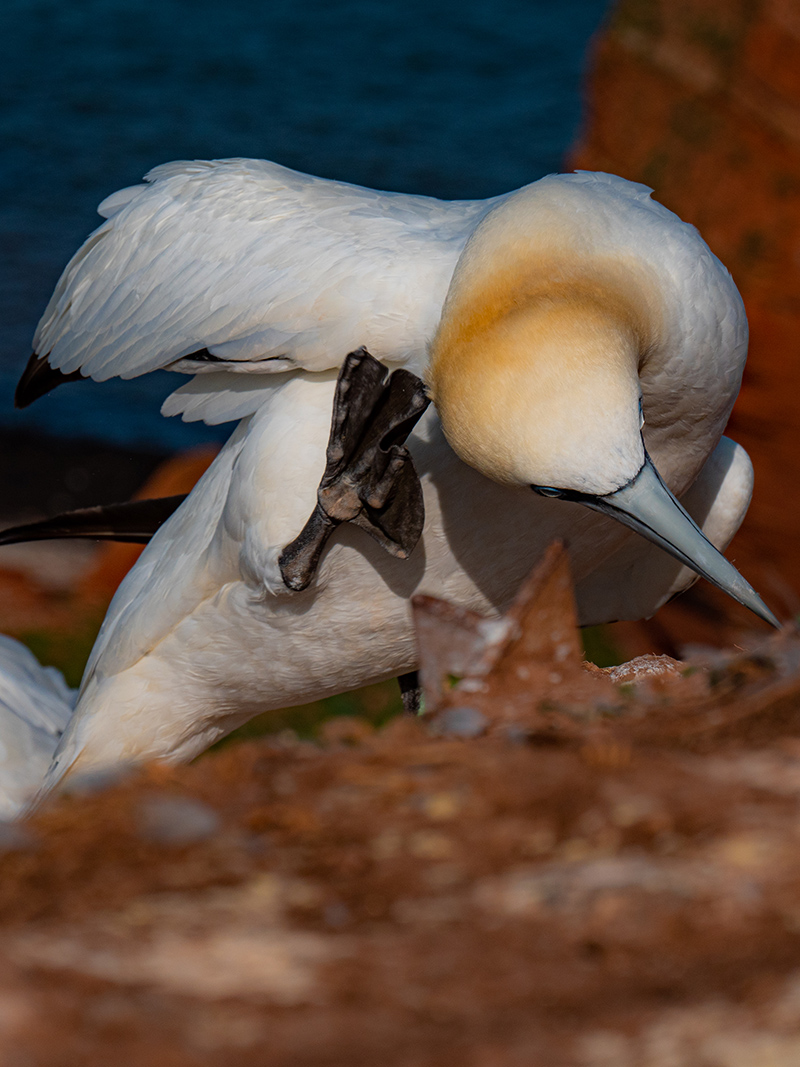
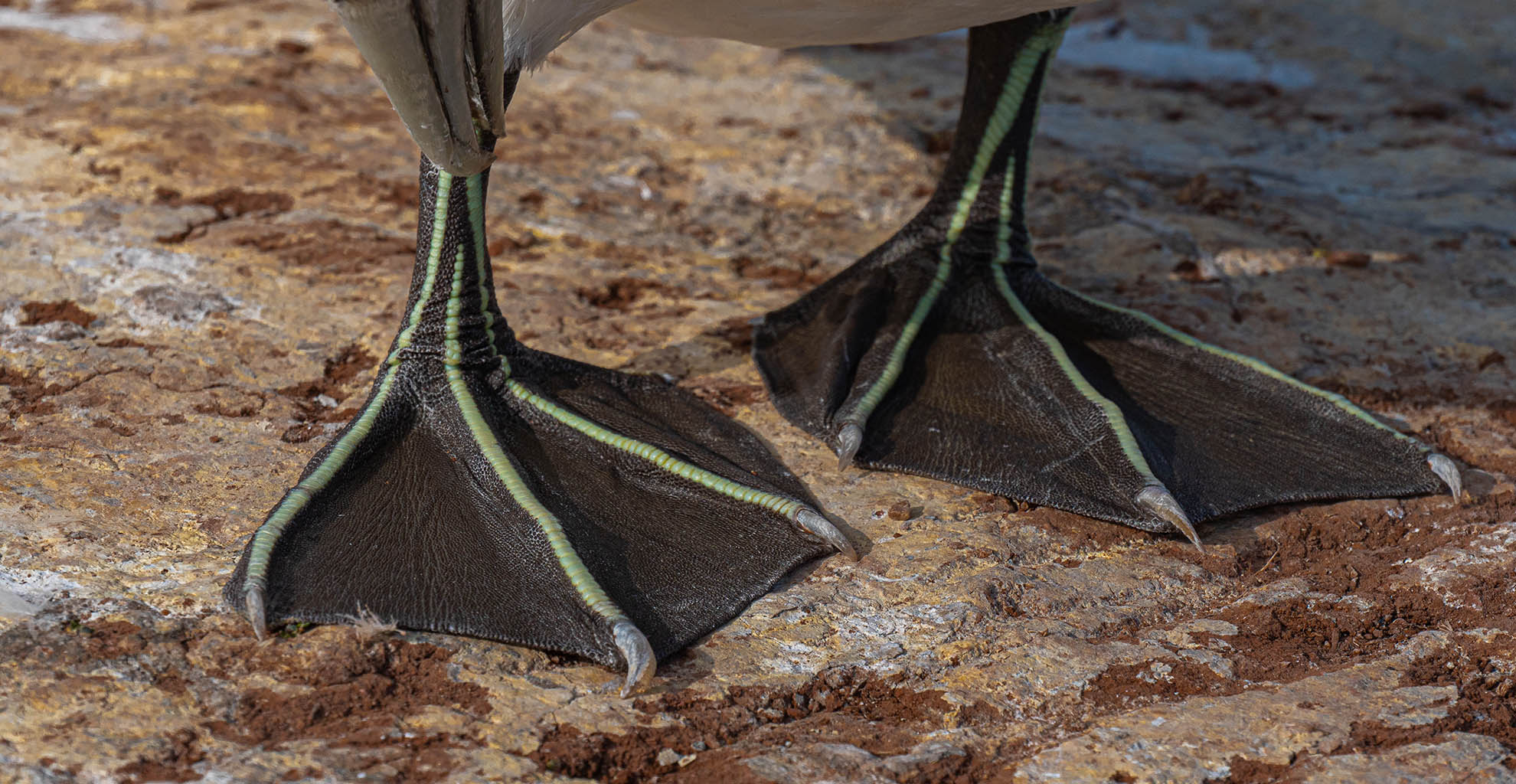
Taking a look in their nests confirm the above mentioned problem. On Heligoland nearly every or every second nest contains plastic waste and fisher nets as nesting material. Furthermore you will find gift ribbon, straws, ballons and don't ask me why, already face masks!! in their environment. Like many seabirds they find any kind of plastic debris on the water surface and use it or even worse mix it up with food which makes the bellies full but what leads to starvation. A serious problem for their chicks and juveniles which still need to learn what is eatable. Sometimes they also choke because the plastic particles getting stucked in their throats or they get caught in fisher nets and cannot free themselves until they lose a limb or even die. If you would like to know more about Plastic waste in our oceans, read my article right here.
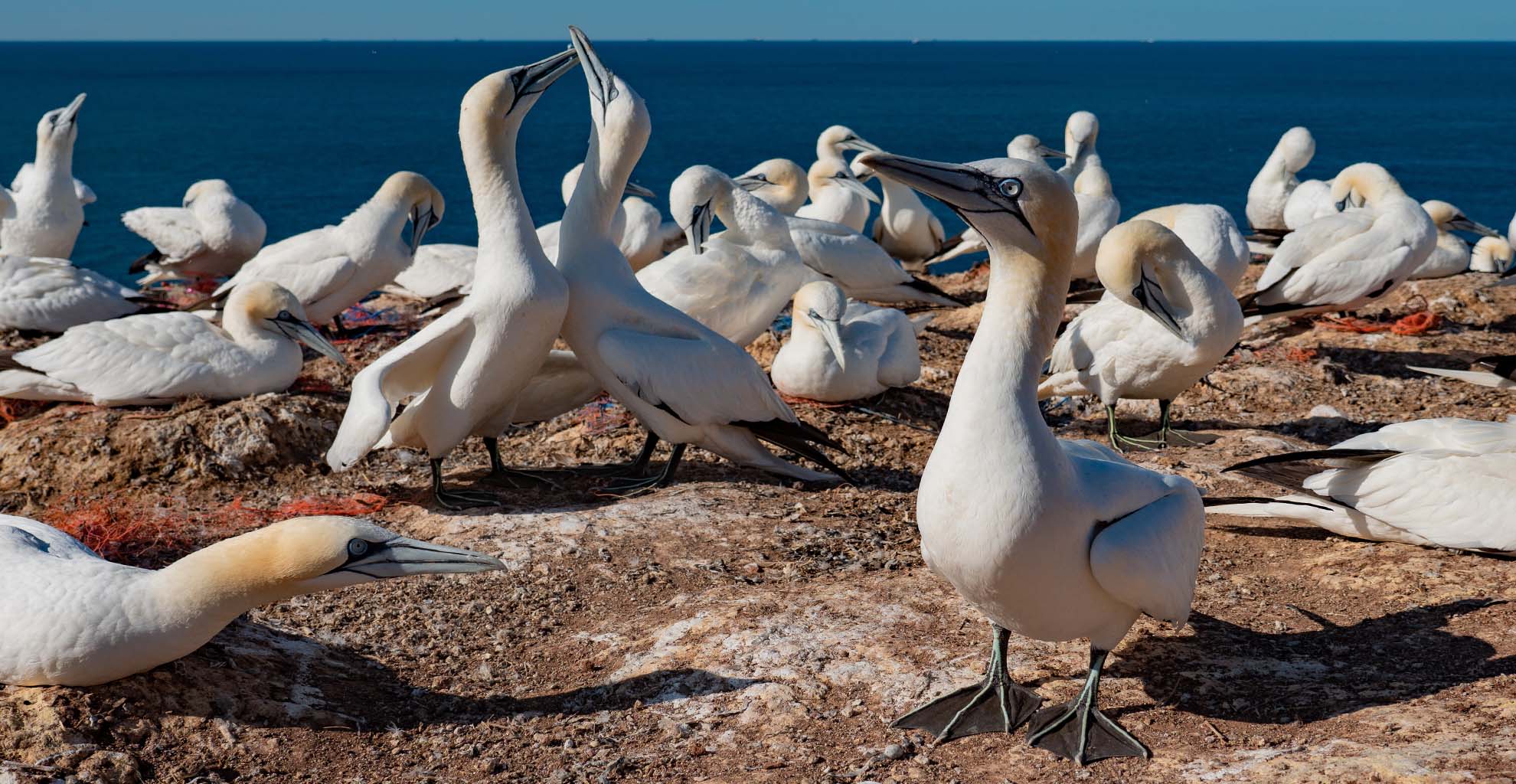
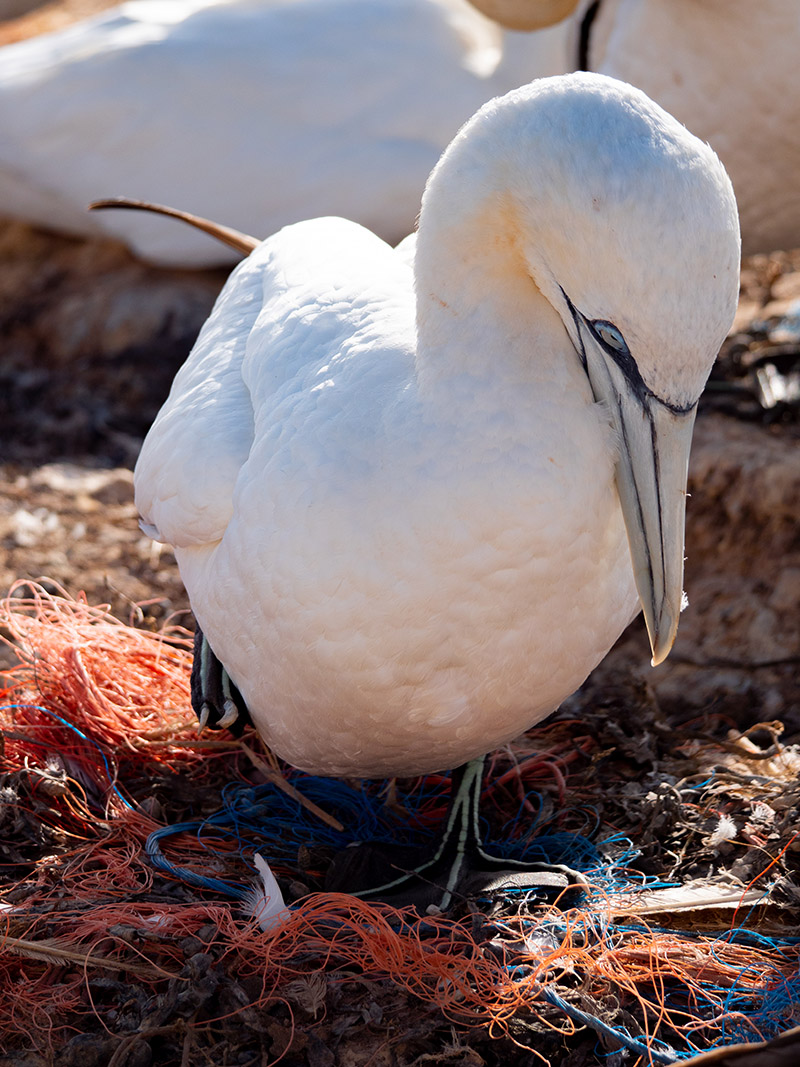
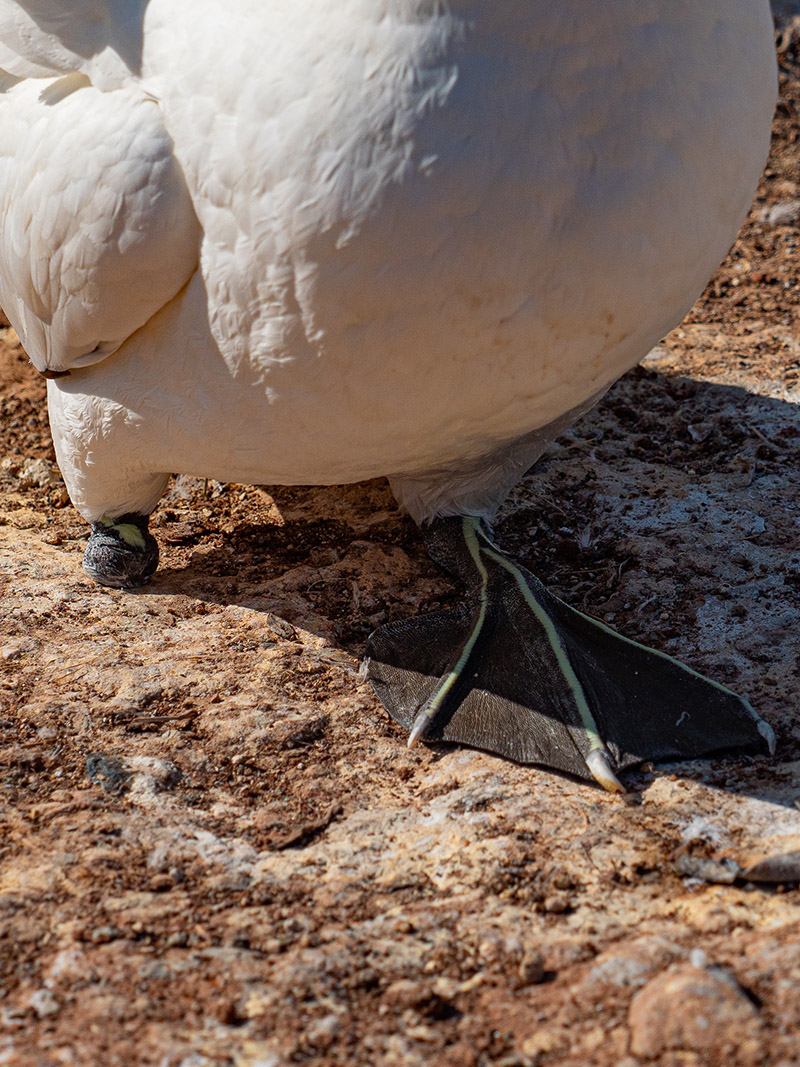
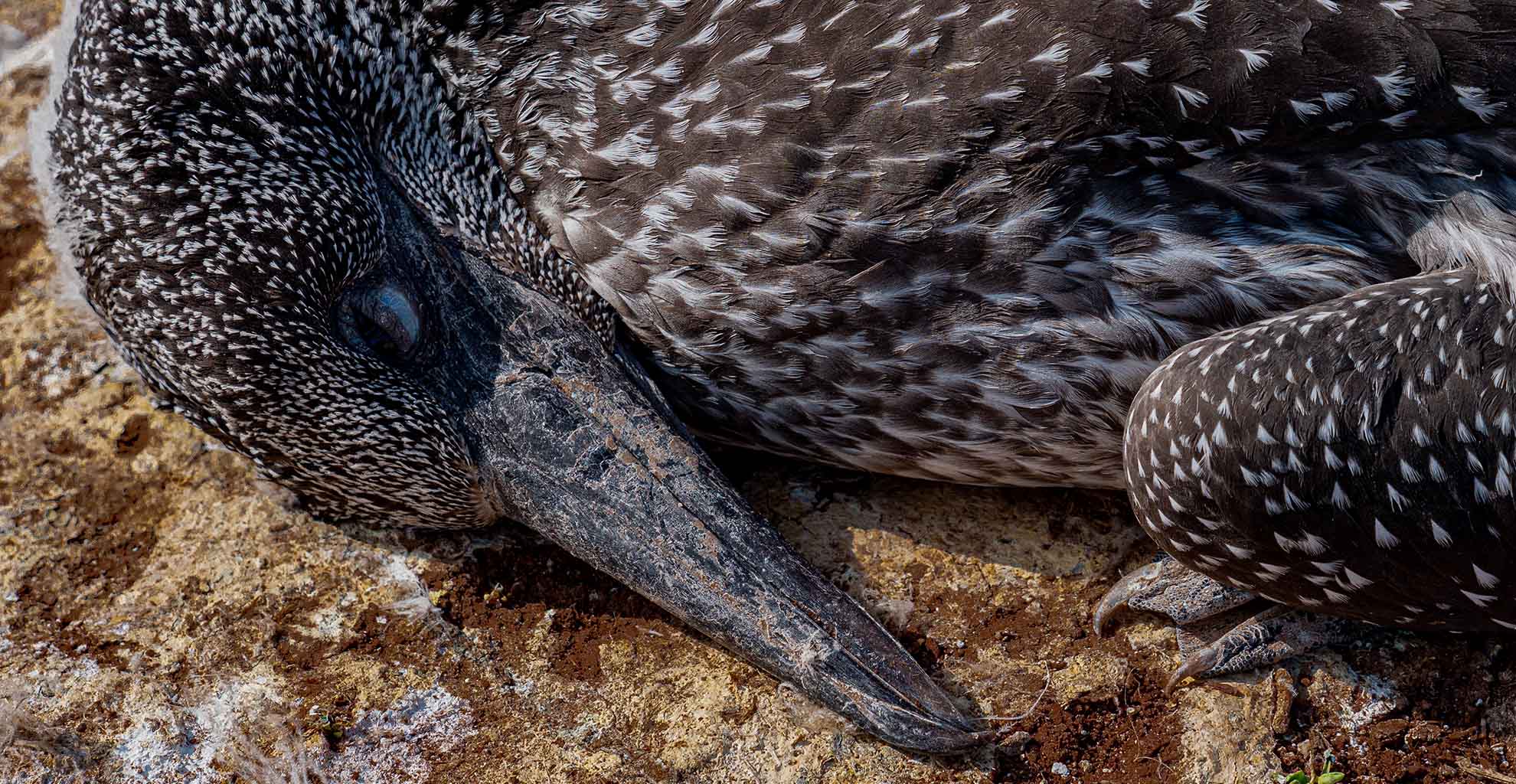
Breathtakingly beautiful creatures in my eyes, we need to protect even when the population numbers with more than 500,000 individuals worldwide consider them to be a least-concern species due to the IUCN (International Union for Conservation of Nature). And that is actually the answer to the question from the beginning. They reproduce successfully and might escape from its hunters more often than expected. With their special hunting strategy of plunge diving due to perfectly adapted bodies they survive in high numbers. Have a look for yourself. Aren't they amazing?
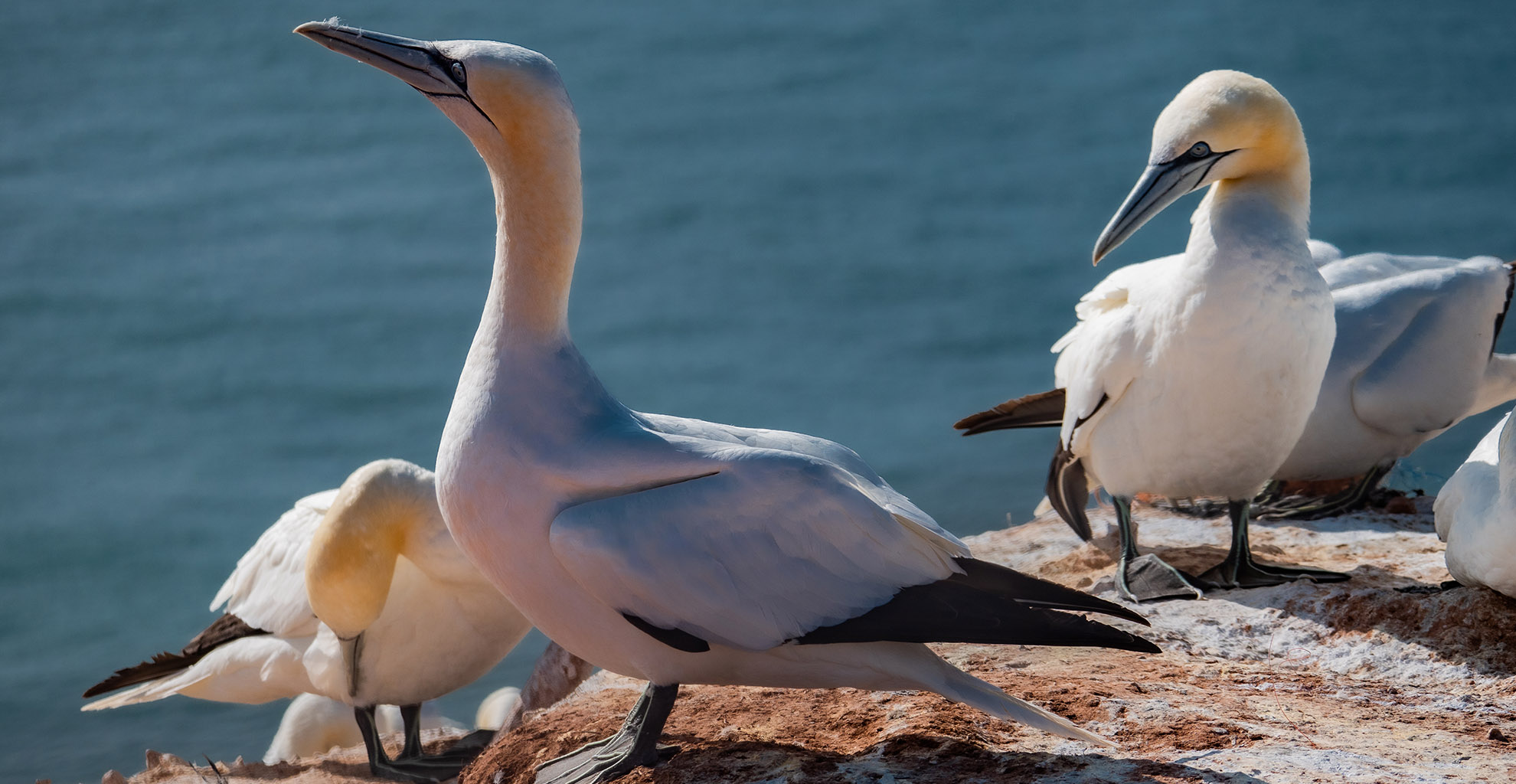
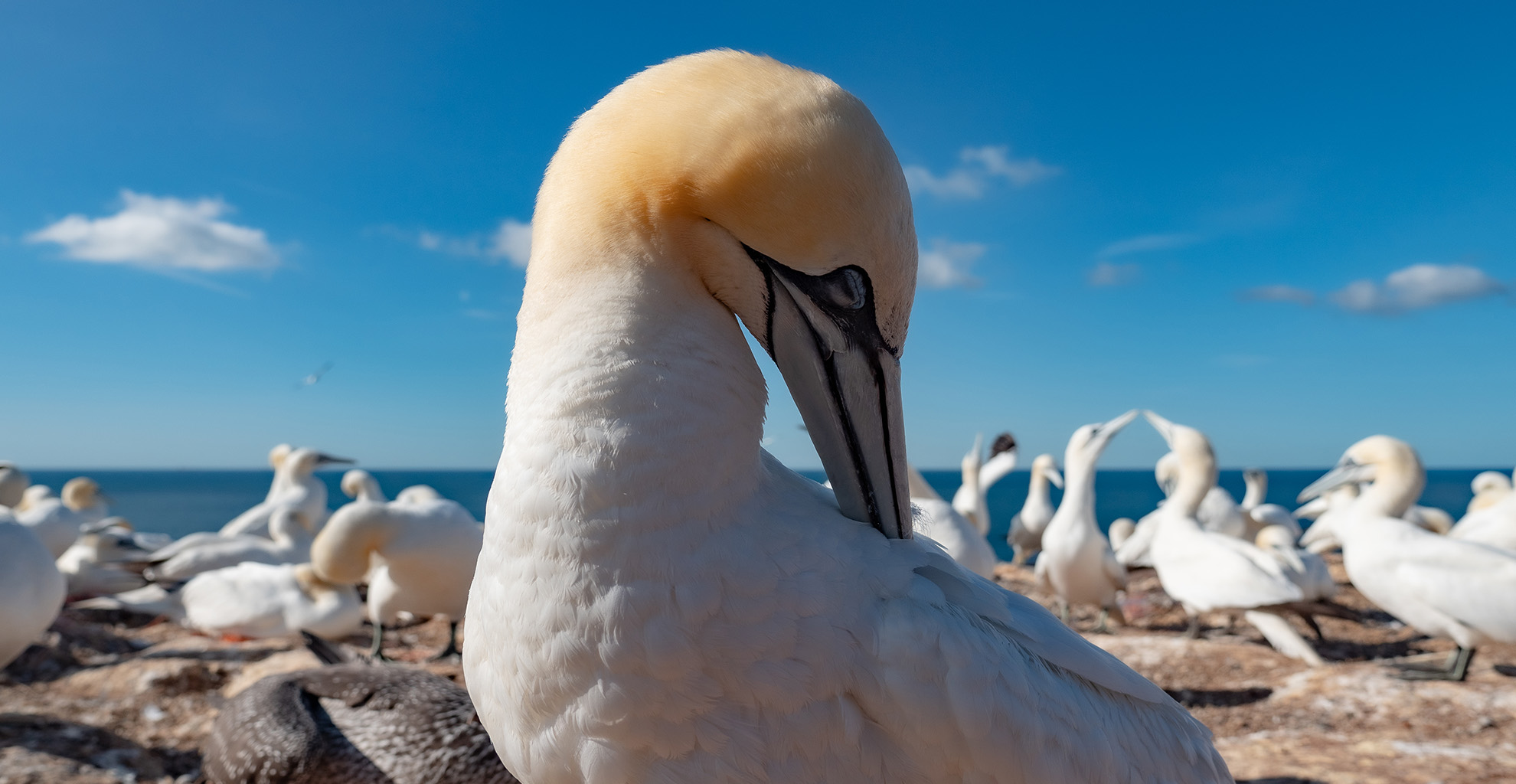
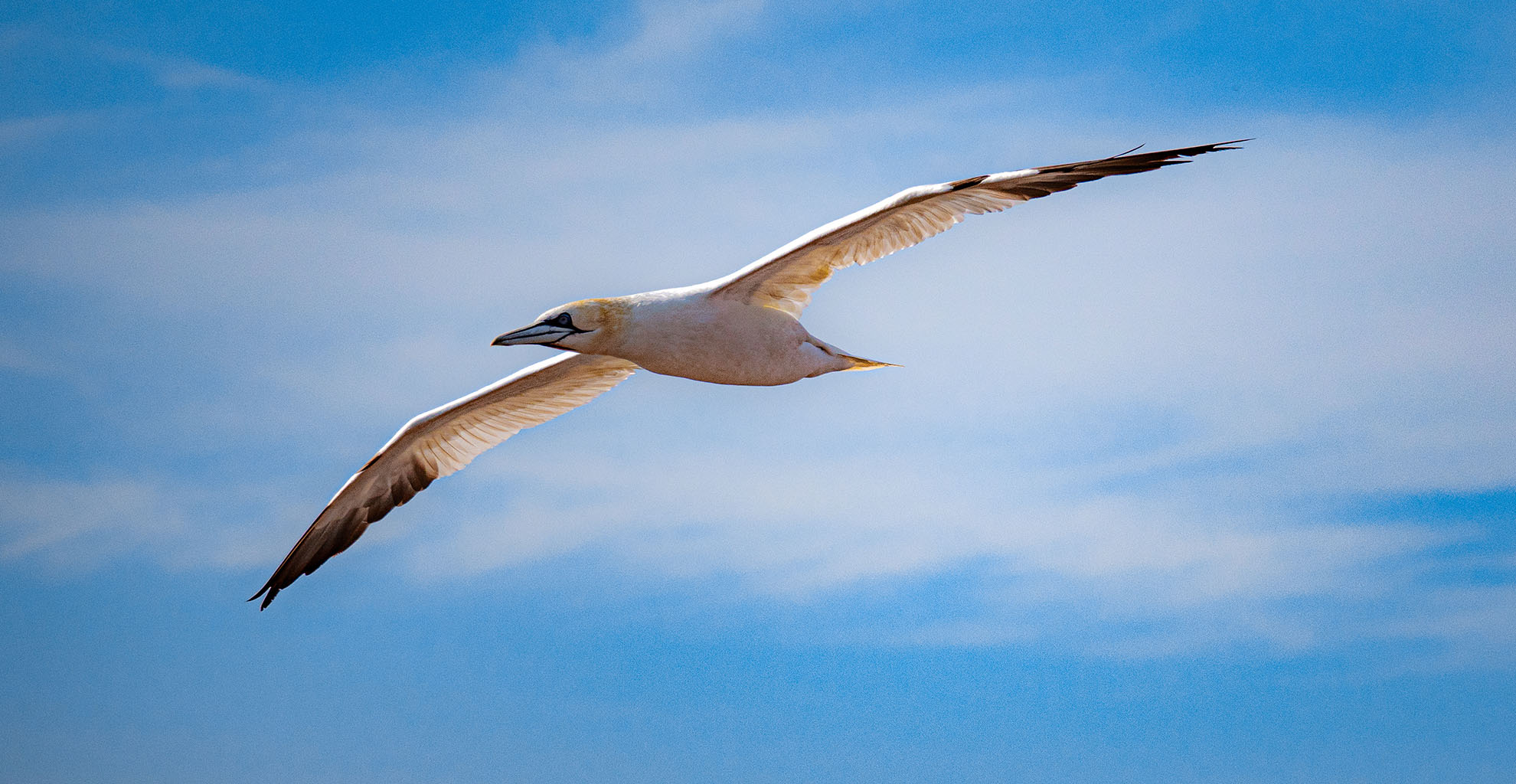
Do you have any questions about these adorable looking seabirds? Which bird or seabird is your favourite and why? Leave a comment or write me an Email to info@wildsweetwild.com.
Don’t miss any adventures! Join my next Wildlife Adventures and follow, like and subscribe my Social Media down below if you haven’t done it so far. Tell us your Wildlife story and be part of our Wild Sweet Wild community by using #WeAreWildSweetWild. You can also tag me with @wild_sweet_wild on INSTAGRAM or @WildSweetWild on FACEBOOK.
Have fun and take care, Wildlife lovers!

